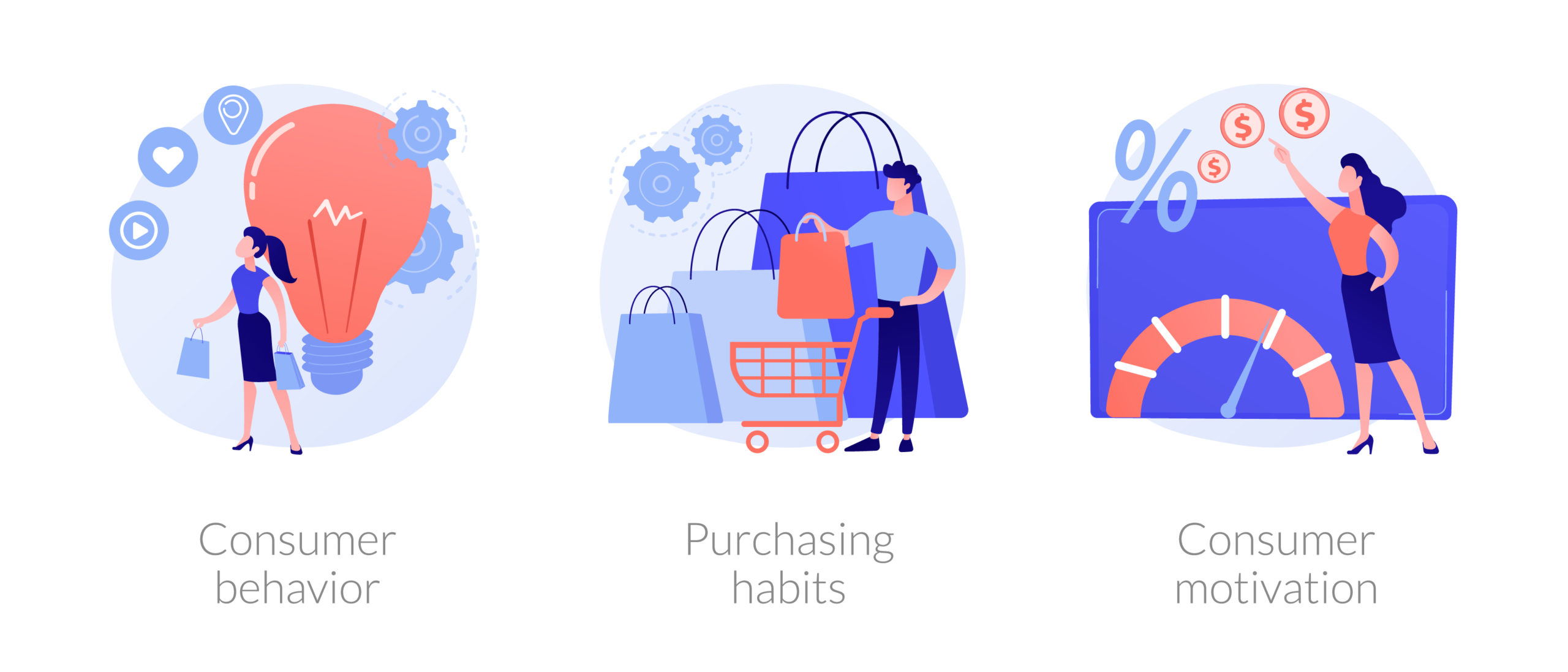Unlocking the Future: The Power of Analytics
In today’s fast-paced and ever-changing business world, companies are constantly seeking ways to stay ahead of the competition and anticipate market trends and customer behavior. One powerful tool that has emerged as a game-changer in this quest is analytics. By harnessing the power of data and advanced algorithms, analytics can provide valuable insights that can help businesses make informed decisions and unlock the future.
Analytics is all about using data to drive business strategy and decision-making. It involves collecting, analyzing, and interpreting data to uncover patterns, trends, and correlations that can provide valuable insights into market dynamics and customer behavior. By leveraging analytics, companies can gain a deeper understanding of their target audience, identify potential opportunities, and mitigate risks.
One of the key benefits of analytics is its ability to forecast market trends. By analyzing historical data and current market conditions, businesses can predict future trends and make strategic decisions to capitalize on them. For example, retailers can use analytics to forecast demand for certain products based on past sales data, seasonal trends, and economic indicators. This can help them optimize their inventory levels, pricing strategies, and marketing campaigns to maximize sales and profitability.
In addition to forecasting market trends, analytics can also help businesses predict customer behavior. By analyzing customer data, such as purchase history, browsing behavior, and demographic information, companies can gain insights into customer preferences, needs, and buying patterns. This information can be used to personalize marketing messages, improve customer service, and enhance the overall customer experience.

Image Source: cloudfront.net
Furthermore, analytics can help businesses identify potential risks and challenges before they escalate. By analyzing data from various sources, such as social media, customer feedback, and industry reports, companies can detect early warning signs of potential issues and take proactive measures to address them. For example, a company may use sentiment analysis to monitor customer feedback on social media and identify any negative trends that could impact its reputation.
Overall, the power of analytics lies in its ability to turn data into actionable insights. By leveraging advanced analytics tools and techniques, businesses can unlock the future and stay ahead of the curve. Whether it’s forecasting market trends, predicting customer behavior, or mitigating risks, analytics can provide a competitive edge and drive business success.
In conclusion, analytics has the power to unveil insights that can forecast market trends and customer behavior. By harnessing the power of data and advanced algorithms, businesses can gain a deeper understanding of their target audience, anticipate market dynamics, and make informed decisions to stay ahead of the competition. The future is bright for companies that embrace analytics and leverage its power to unlock new opportunities and drive business growth.
Illuminating the Unknown: Forecasting with Data
In today’s fast-paced and ever-changing business landscape, companies are constantly seeking ways to stay ahead of the competition and anticipate market trends before they occur. One powerful tool that has emerged as a game-changer in this regard is analytics. By analyzing data and extracting valuable insights, businesses can forecast market trends and customer behavior with unprecedented accuracy.
But what exactly does it mean to forecast with data? In simple terms, it involves using historical data and statistical models to predict future outcomes. This can be applied to a wide range of scenarios, from predicting consumer preferences to anticipating shifts in the market. By leveraging the power of analytics, businesses can make more informed decisions and gain a competitive edge in their industry.
One of the key benefits of forecasting with data is the ability to uncover hidden patterns and trends that may not be immediately apparent. By analyzing large datasets, businesses can identify correlations and relationships that can provide valuable insights into consumer behavior and market dynamics. This information can then be used to make more accurate predictions and develop targeted strategies to capitalize on emerging opportunities.
For example, a retail company may use data analytics to forecast customer demand for certain products based on factors such as seasonality, pricing, and promotional activities. By analyzing historical sales data and customer behavior, the company can predict future demand patterns and adjust their inventory levels accordingly. This not only helps to minimize stockouts and overstock situations but also ensures that the company is better positioned to meet customer needs and maximize sales.
In addition to predicting market trends, data analytics can also be used to forecast customer behavior. By analyzing customer interactions and purchase history, businesses can gain valuable insights into individual preferences and tendencies. This information can then be used to tailor marketing campaigns, personalize product recommendations, and enhance the overall customer experience.
For example, an e-commerce company may use data analytics to segment customers based on their browsing behavior and purchase history. By understanding the unique preferences of each customer segment, the company can create targeted marketing campaigns that are more likely to resonate with individual customers. This not only increases the effectiveness of marketing efforts but also fosters stronger customer relationships and loyalty.
Another key advantage of forecasting with data is the ability to adapt to changing market conditions and customer preferences in real-time. By continuously analyzing data and monitoring key metrics, businesses can quickly identify emerging trends and adjust their strategies accordingly. This agility is crucial in today’s fast-paced business environment, where staying ahead of the competition requires constant innovation and adaptation.
In conclusion, forecasting with data is a powerful tool that can help businesses unlock valuable insights, anticipate market trends, and forecast customer behavior with precision. By leveraging the power of analytics, companies can make more informed decisions, develop targeted strategies, and gain a competitive edge in their industry. In an increasingly data-driven world, the ability to illuminate the unknown and predict the future has never been more important.
Using Analytics to Predict Market Trends and Customer Behavior